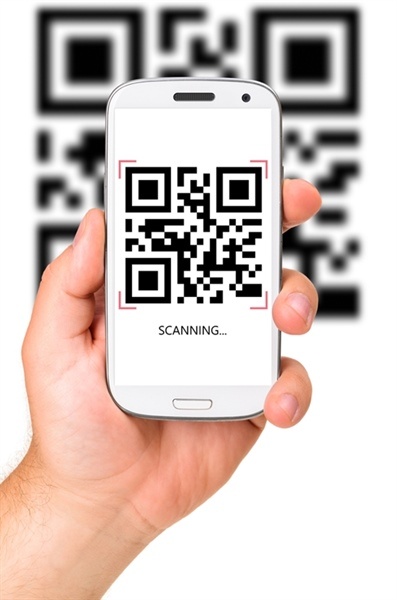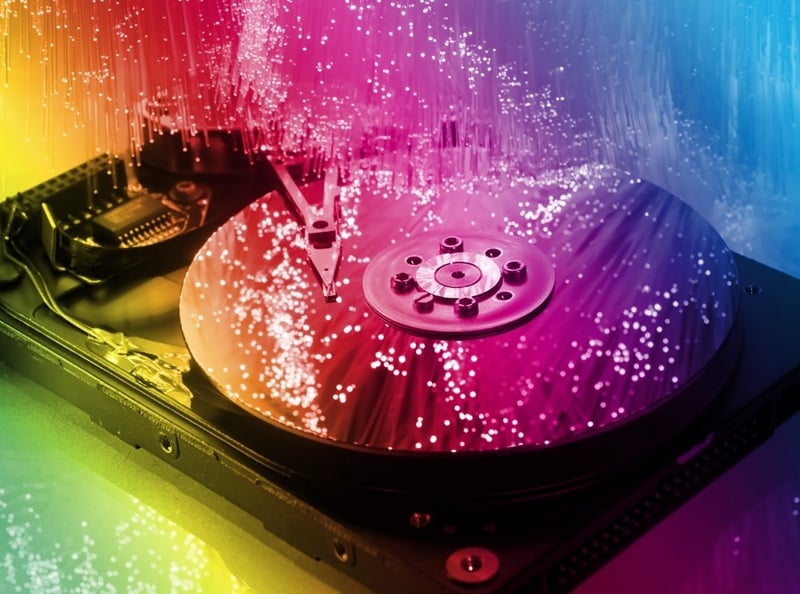VMware is best known for its pioneering efforts in server virtualization, which it brought to the fore of enterprise IT throughout the 2000s. Building on that technical base, the company has since become a central player in every important sector of modern business technology, from network virtualization (through NSX, a billion-dollar business it created from its acquisition of Nicira Networks) to private cloud (via the vCloud Air product lines). VMware has also made inroads in mobile device management (also known as enterprise mobility management), primarily through AirWatch.





